Refine search
Actions for selected content:
23990 results in Ancient history
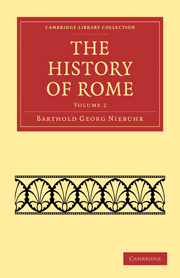
The History of Rome
-
- Published online:
- 01 June 2011
- Print publication:
- 20 May 2010
- First published in:
- 1832
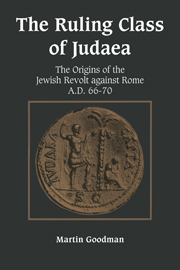
The Ruling Class of Judaea
- The Origins of the Jewish Revolt against Rome, A.D. 66–70
-
- Published online:
- 01 June 2011
- Print publication:
- 03 December 1987
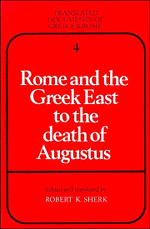
Rome and the Greek East to the Death of Augustus
-
- Published online:
- 01 June 2011
- Print publication:
- 14 June 1984

The Hellenistic Age from the Battle of Ipsos to the Death of Kleopatra VII
-
- Published online:
- 01 June 2011
- Print publication:
- 26 September 1985
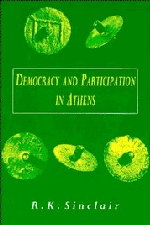
Democracy and Participation in Athens
-
- Published online:
- 01 June 2011
- Print publication:
- 25 February 1988
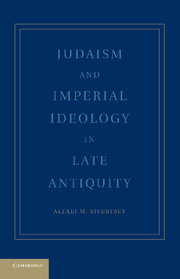
Judaism and Imperial Ideology in Late Antiquity
-
- Published online:
- 01 June 2011
- Print publication:
- 20 June 2011
Contents
-
- Book:
- Slavery in the Late Roman World, AD 275–425
- Published online:
- 05 August 2011
- Print publication:
- 12 May 2011, pp ix-x
-
- Chapter
- Export citation
2 - The endless river: the supply and trade of slaves
-
- Book:
- Slavery in the Late Roman World, AD 275–425
- Published online:
- 05 August 2011
- Print publication:
- 12 May 2011, pp 67-99
-
- Chapter
- Export citation
5 - Semper timere: the aims and techniques of domination
-
- Book:
- Slavery in the Late Roman World, AD 275–425
- Published online:
- 05 August 2011
- Print publication:
- 12 May 2011, pp 219-248
-
- Chapter
- Export citation
CONCLUSION
-
- Book:
- Slavery in the Late Roman World, AD 275–425
- Published online:
- 05 August 2011
- Print publication:
- 12 May 2011, pp 495-496
-
- Chapter
- Export citation
4 - Agricultural slavery: exchange, institutions, estates
-
- Book:
- Slavery in the Late Roman World, AD 275–425
- Published online:
- 05 August 2011
- Print publication:
- 12 May 2011, pp 144-200
-
- Chapter
- Export citation
1 - The word οἰκέτης in late antiquity
-
- Book:
- Slavery in the Late Roman World, AD 275–425
- Published online:
- 05 August 2011
- Print publication:
- 12 May 2011, pp 513-518
-
- Chapter
- Export citation
Frontmatter
-
- Book:
- Slavery in the Late Roman World, AD 275–425
- Published online:
- 05 August 2011
- Print publication:
- 12 May 2011, pp i-viii
-
- Chapter
- Export citation
List of tables
-
- Book:
- Slavery in the Late Roman World, AD 275–425
- Published online:
- 05 August 2011
- Print publication:
- 12 May 2011, pp xi-xi
-
- Chapter
- Export citation
APPENDIXES
-
- Book:
- Slavery in the Late Roman World, AD 275–425
- Published online:
- 05 August 2011
- Print publication:
- 12 May 2011, pp 511-512
-
- Chapter
- Export citation
Acknowledgments
-
- Book:
- Slavery in the Late Roman World, AD 275–425
- Published online:
- 05 August 2011
- Print publication:
- 12 May 2011, pp xii-xiv
-
- Chapter
- Export citation
PART II - THE MAKING OF HONORABLE SOCIETY
-
- Book:
- Slavery in the Late Roman World, AD 275–425
- Published online:
- 05 August 2011
- Print publication:
- 12 May 2011, pp 201-202
-
- Chapter
- Export citation
6 - Self, family, and community among slaves
-
- Book:
- Slavery in the Late Roman World, AD 275–425
- Published online:
- 05 August 2011
- Print publication:
- 12 May 2011, pp 249-280
-
- Chapter
- Export citation
Index
-
- Book:
- Slavery in the Late Roman World, AD 275–425
- Published online:
- 05 August 2011
- Print publication:
- 12 May 2011, pp 598-611
-
- Chapter
- Export citation
Introduction
-
- Book:
- Slavery in the Late Roman World, AD 275–425
- Published online:
- 05 August 2011
- Print publication:
- 12 May 2011, pp 203-218
-
- Chapter
- Export citation
